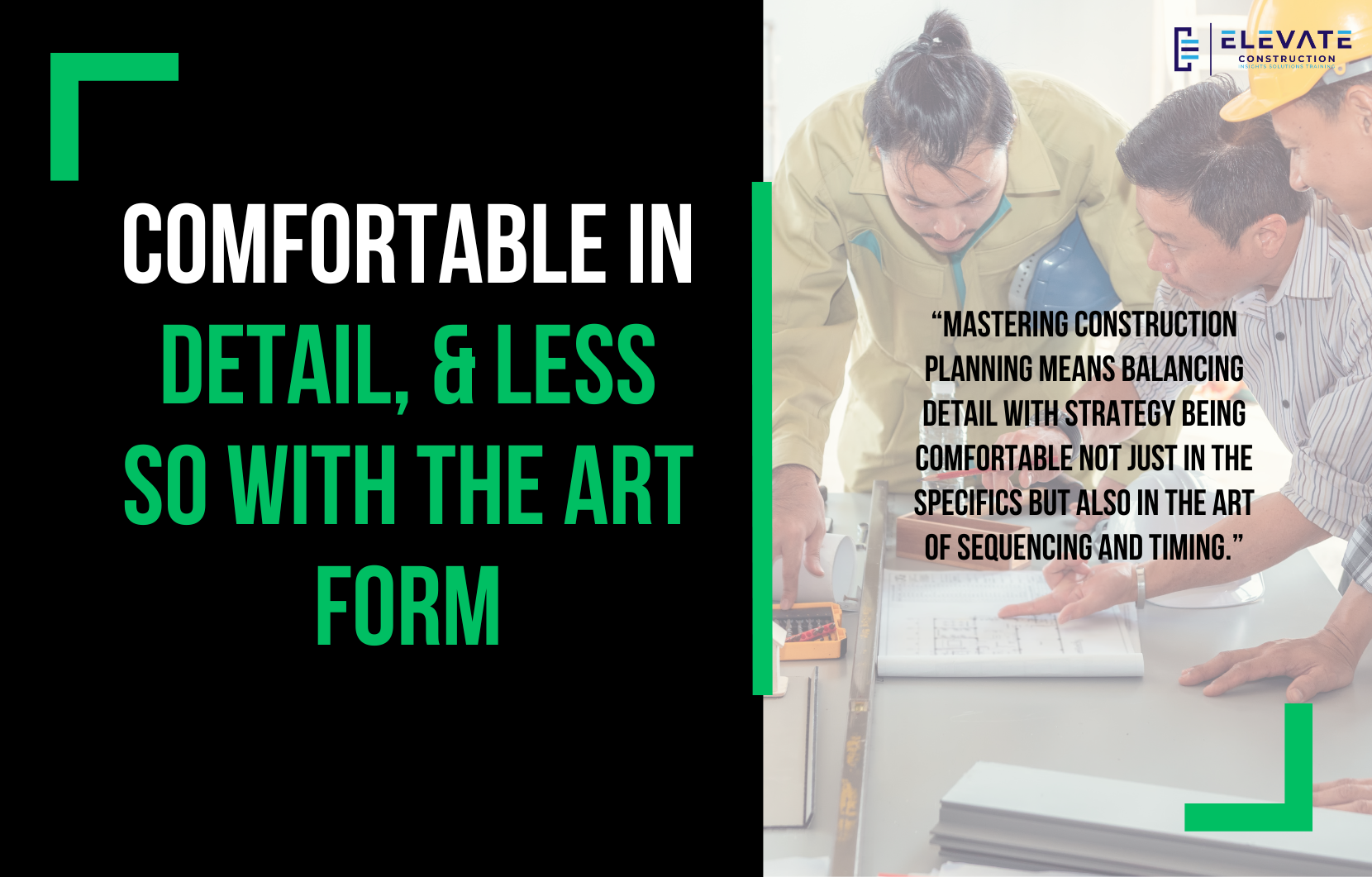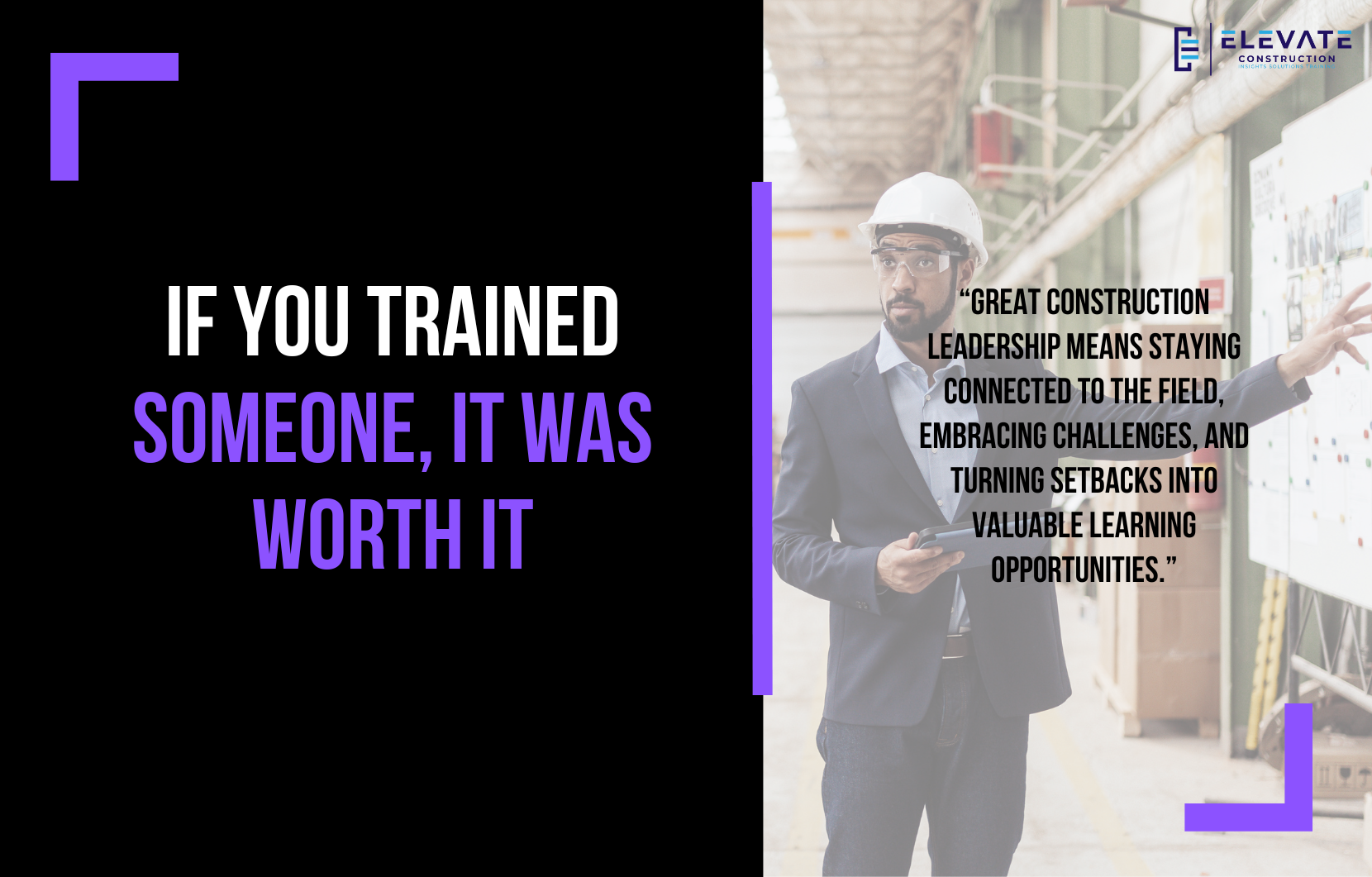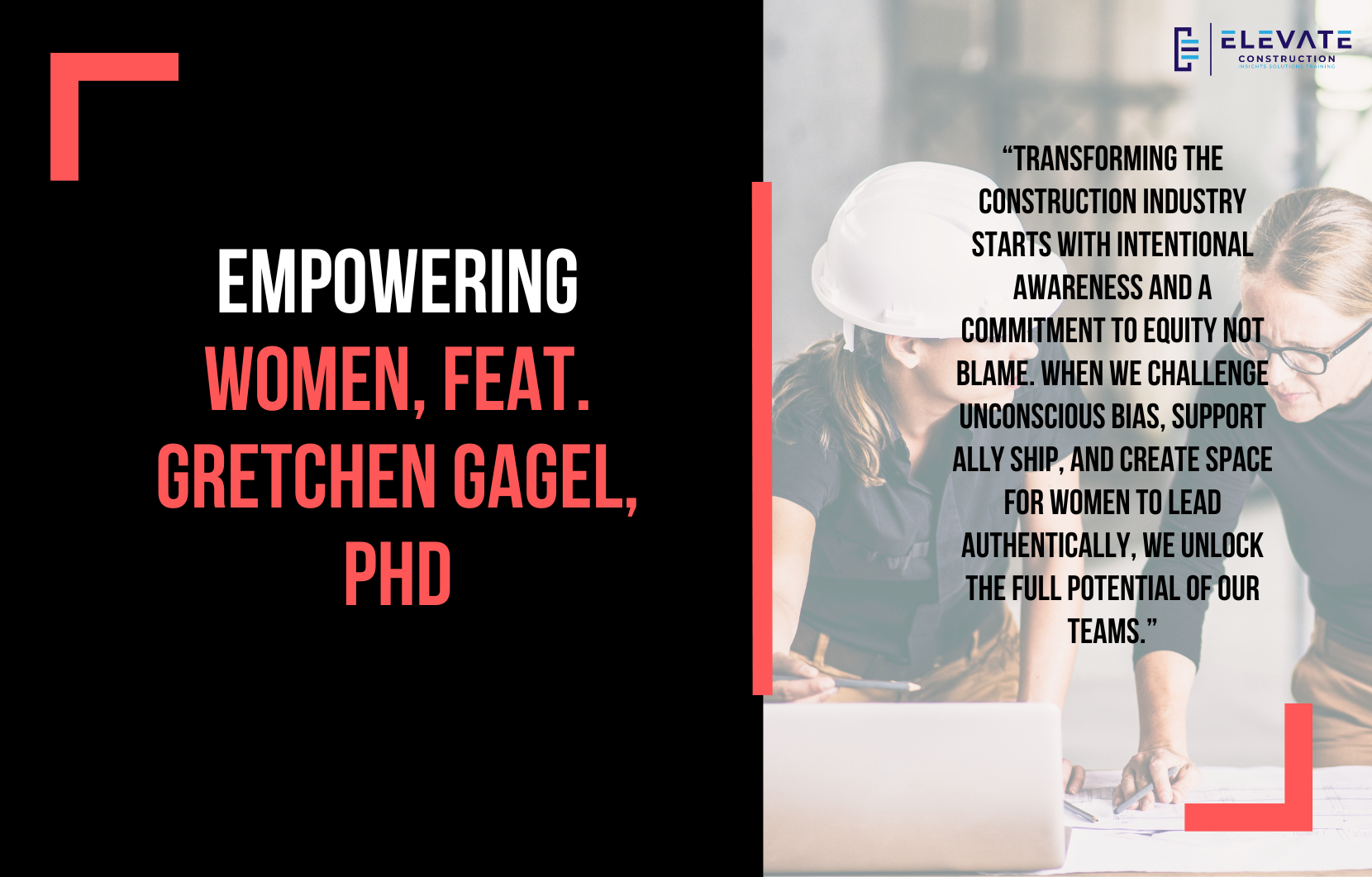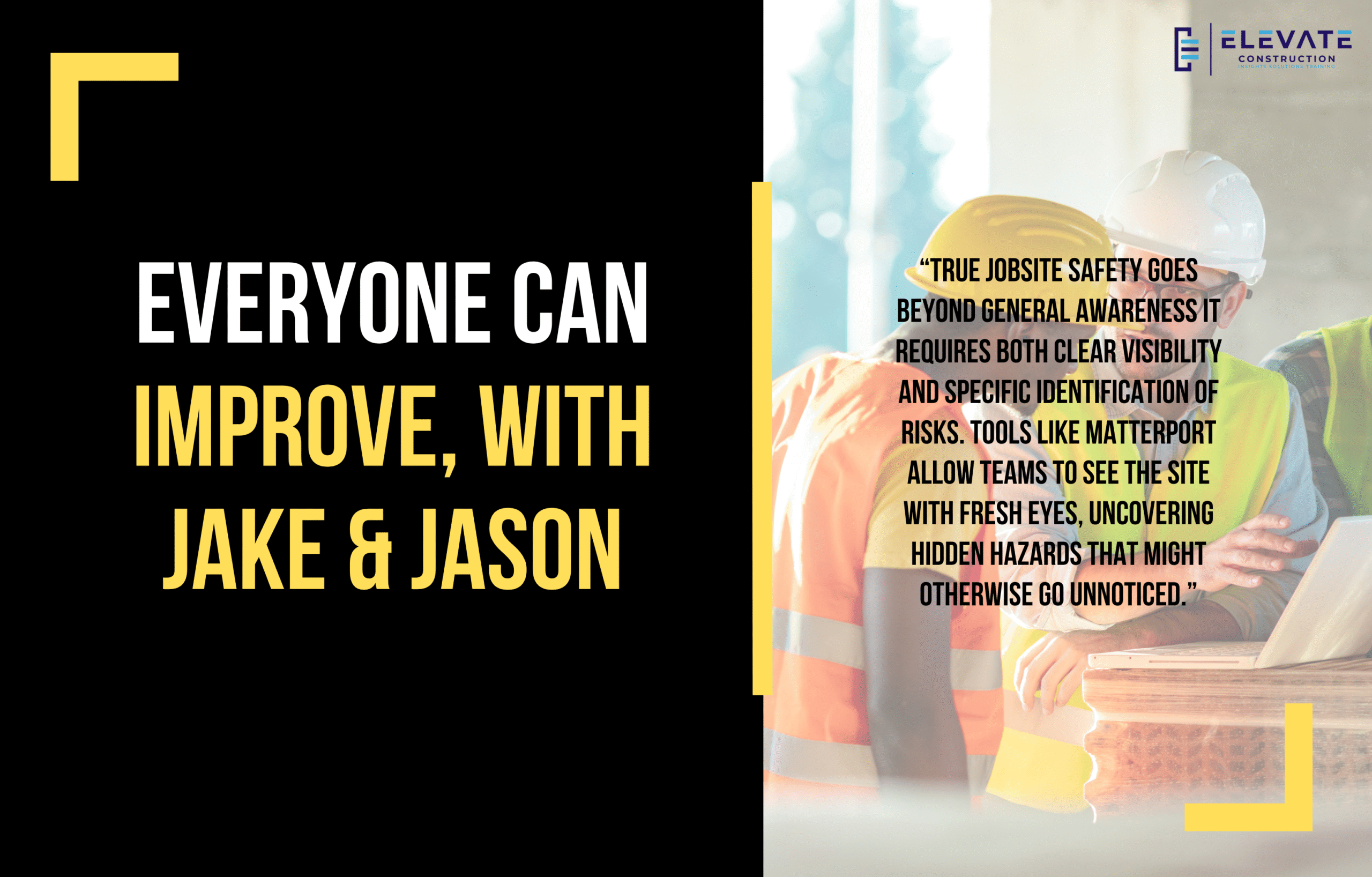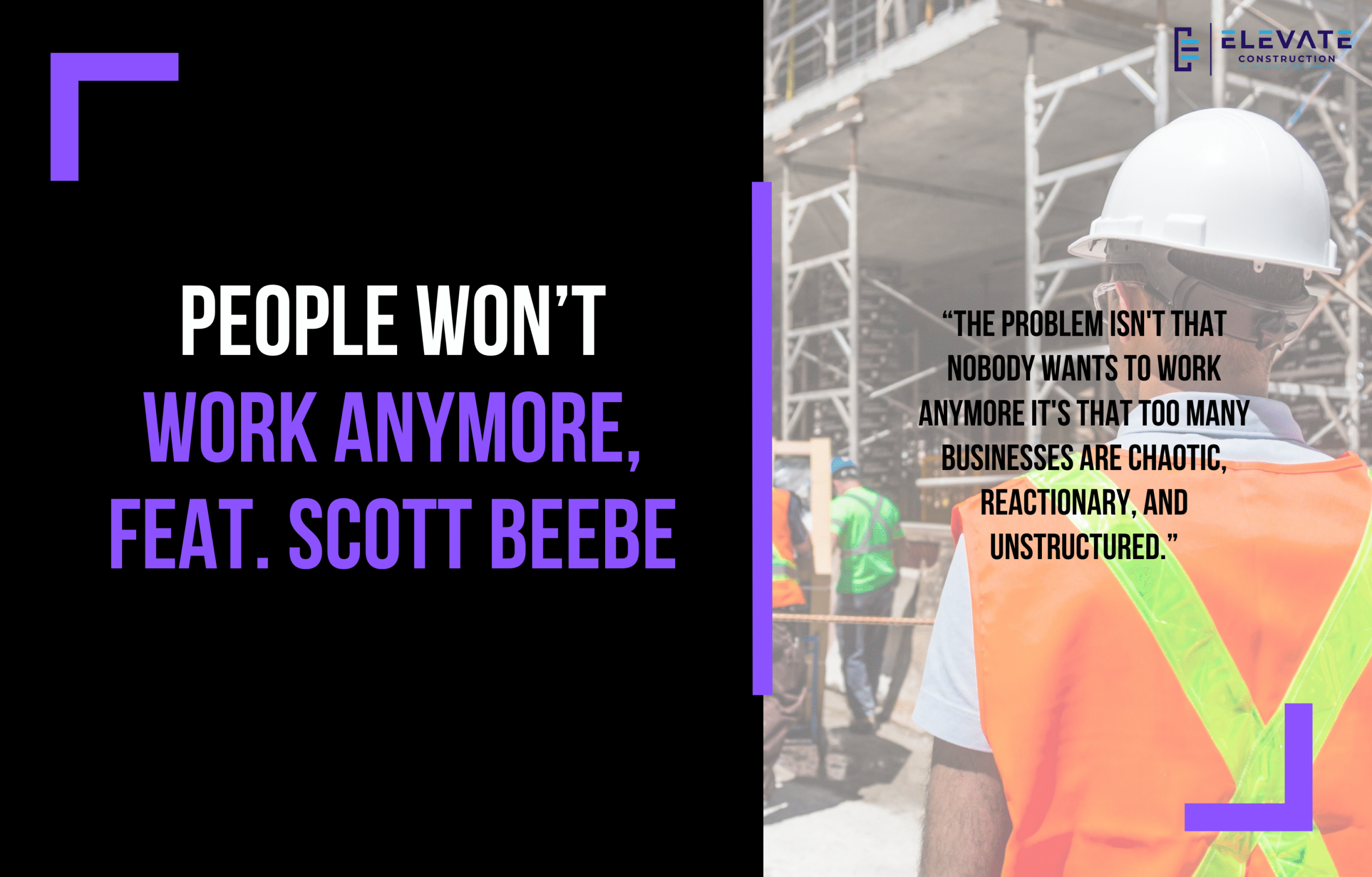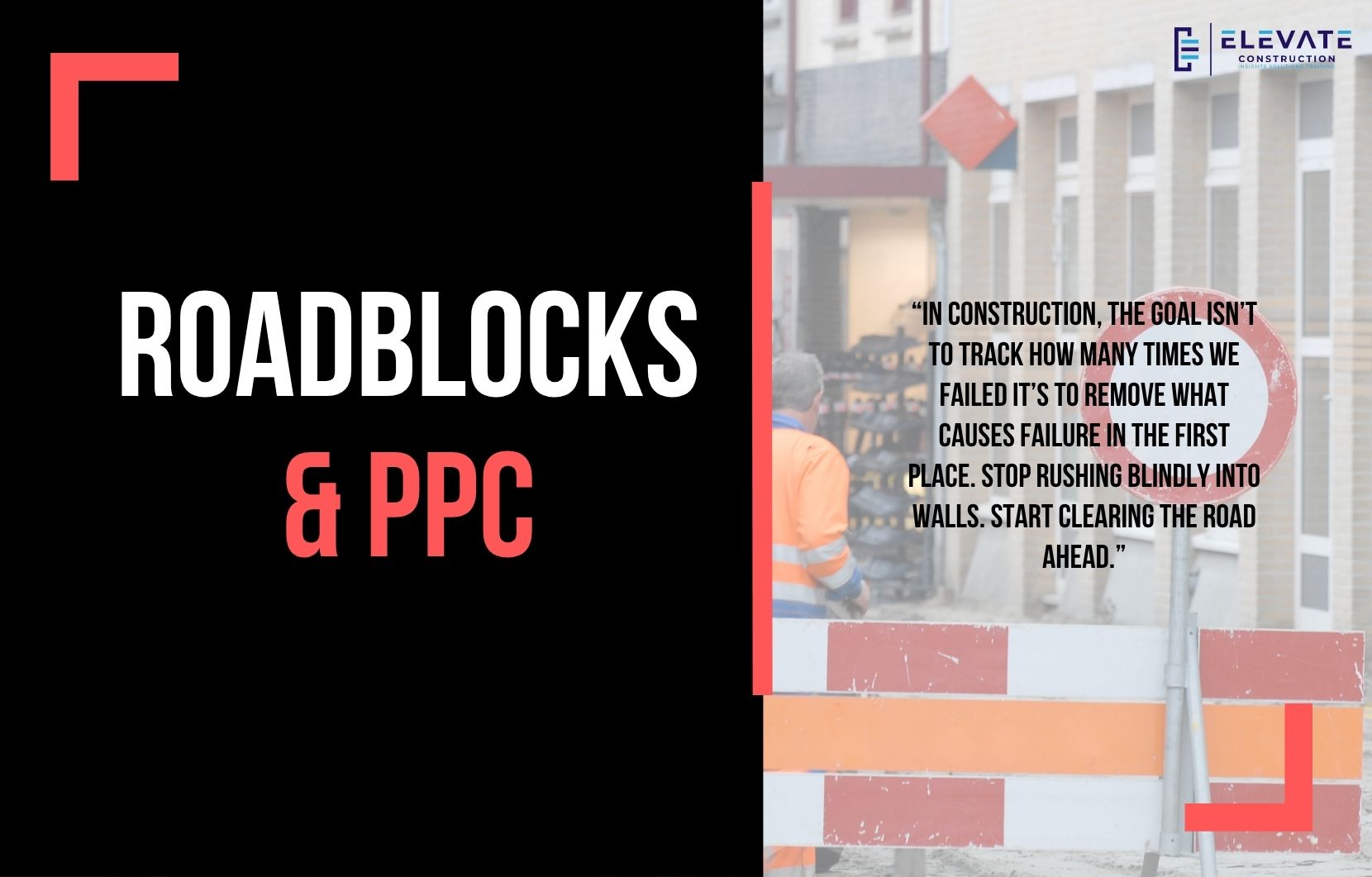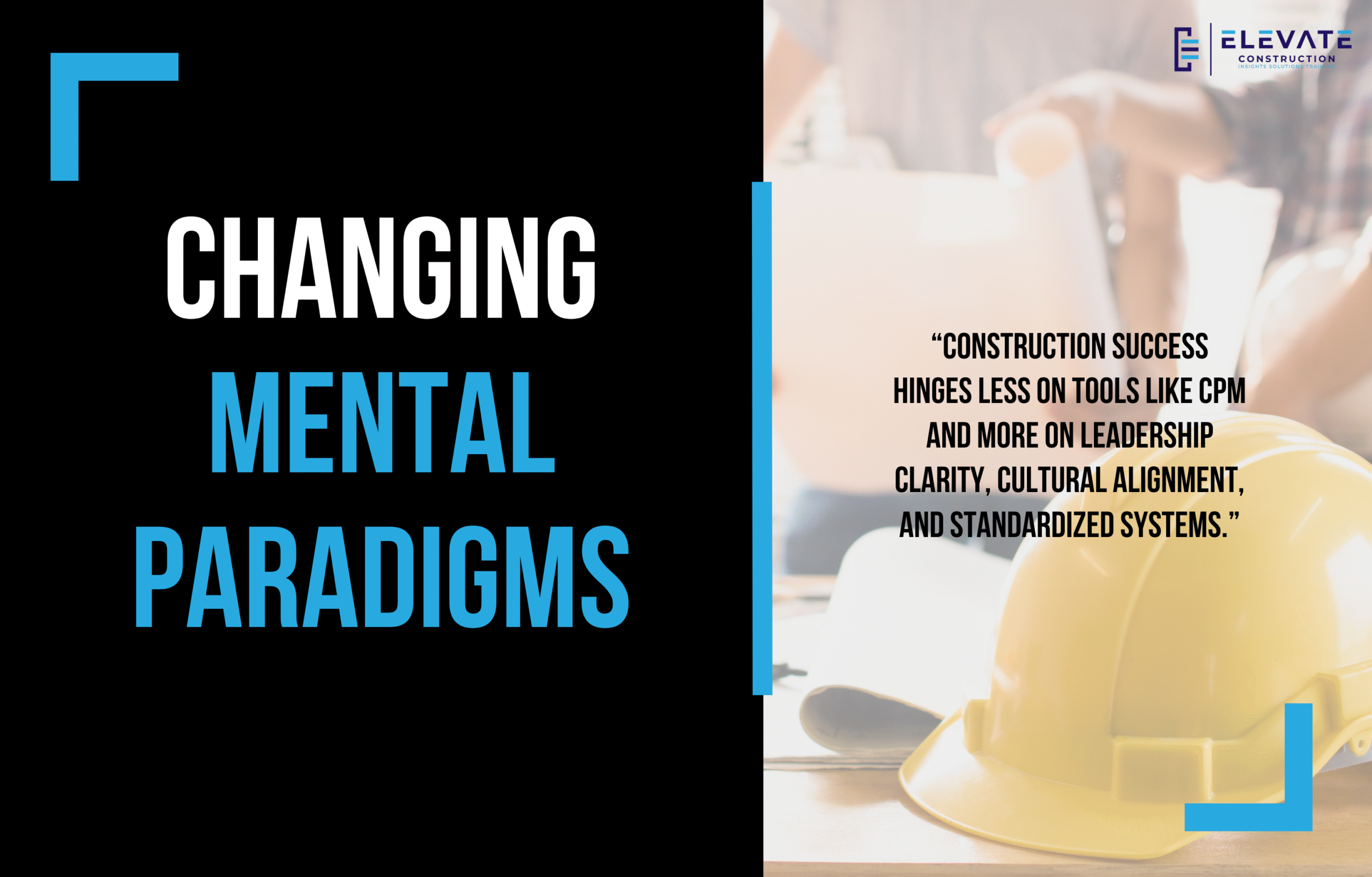How to Disagree Well: Principles for Effective Disagreement in Construction
Today, I want to talk about an important topic that doesn’t always get the attention it deserves how to disagree well or effectively.
Disagreement is inevitable in any business, especially construction, where so many moving parts and personalities intersect. But there’s a right way to do it that helps keep relationships strong and conversations productive.
The Builder’s Code on Planning and Communication
One of my favorite quotes recently says:
Doing strategic and tactical planning but not getting it all the way to the worker is like swimming across a mile-wide channel and drowning five feet from shore.
This reminds us that our plans only matter if the workers and foremen on the ground can understand and act on them daily with full clarity.
A Listener’s Feedback and My Journey
I received some amazing feedback from a site manager in Australia who has been following my work for years. They shared how practical advice from my books and workshops helped improve their site conditions, from porta potties to break areas. Hearing that validates the mission and motivates me to keep improving.
On that note, I’m working hard on my next book, which might even be a multi-volume project given the amount of content. The process is humbling and exciting especially with AI tools helping me organize everything.
Effective Disagreement: Why It Matters
I don’t believe there’s a single “right” way to disagree. Different people have different communication styles, whether neurotypical or neurodivergent, and that’s beautiful. But from a practical standpoint, disagreeing well is a skill that can be learned and sharpened.
I found a helpful guide online by Will Matigue (credit to him) outlining 10 scripts for disagreeing without burning bridges. Here are some highlights comparing less effective vs. more effective ways to disagree:
| Less Effective | More Effective |
| You always/never… | I’ve noticed recently… |
| You made me feel… | When you did X, I felt Y… |
| We need to talk | Can we talk about something on my mind? |
| What’s your problem? | What concerns you most about this? |
| Here are my issues | My goal is to find a solution together |
| That’s not my fault | Let me explain my part and take ownership |
| Let’s resolve this now | Could we discuss this tomorrow after reflecting? |
| Look, you have to admit… | We both want the same outcome, right? |
| Let’s see how it goes | Let’s agree on next steps |
Why These Differences Matter
Approaching disagreement with empathy and clarity reduces the chance of triggering ego-driven defenses. It invites collaboration rather than confrontation. It’s about taking ownership, acknowledging concerns, and focusing on shared goals. Personally, as a business owner juggling many responsibilities and an incredibly diverse family, I receive a lot of feedback sometimes critical. Learning how to receive and respond thoughtfully has been crucial to sustaining my energy and relationships.
Final Thoughts
Disagreeing is a natural part of work and life. It can even be a sign of healthy engagement. But doing it effectively without burning bridges or shutting down communication requires intentional practice.
So next time you find yourself in a disagreement, try to use these scripts and approaches. Be curious, take ownership, focus on solutions, and remember that the goal is progress, not winning.
Key Takeaway:
Effective disagreement is not about winning it’s about communicating with respect, clarity, and purpose. In construction and beyond, the ability to disagree well fosters stronger teams, better collaboration, and more thoughtful problem-solving. By using language grounded in observation, emotion, ownership, and shared goals, leaders can navigate conflict without damaging relationships ultimately driving progress and unity across the team.
If you want to learn more we have:
-Takt Virtual Training: (Click here)
-Check out our Youtube channel for more info: (Click here)
-Listen to the Elevate Construction podcast: (Click here)
-Check out our training programs and certifications: (Click here)
-The Takt Book: (Click here)
Discover Jason’s Expertise:
Meet Jason Schroeder, the driving force behind Elevate Construction IST. As the company’s owner and principal consultant, he’s dedicated to taking construction to new heights. With a wealth of industry experience, he’s crafted the Field Engineer Boot Camp and Superintendent Boot Camp – intensive training programs engineered to cultivate top-tier leaders capable of steering their teams towards success. Jason’s vision? To expand his training initiatives across the nation, empowering construction firms to soar to unprecedented levels of excellence.
On we go


